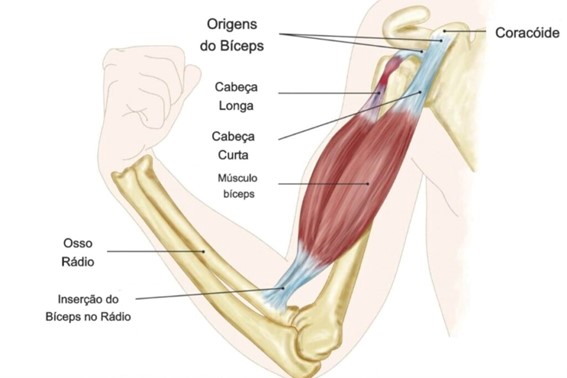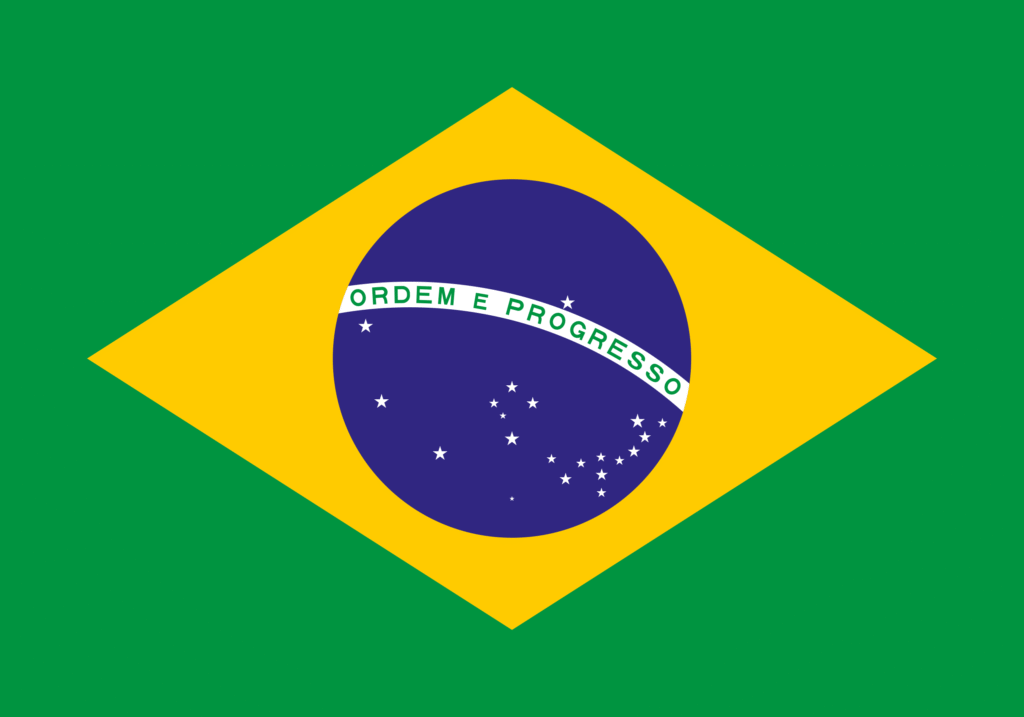Meet Dr. Eric Curi, Orthopedic Surgeon and Traumatologist, specialist in Shoulder and Elbow surgery in São Paulo.
Biceps Injuries: Symptoms, Causes, and Treatment
Shoulder Pathologies
Elbow Pathologies
General Orthopedics
Últimos Artigos
Biceps injuries are common and can affect both men and women, young adults and seniors, as well as individuals who engage in physical activities or those who do not. The majority of cases are mild and have a good prognosis when treated correctly.
Due to its location and function, the biceps brachii muscle is particularly susceptible to injuries, which can range from minor strains to complete tears of one of its three tendons.
Identifying the signs of a biceps injury and seeking appropriate treatment is essential to avoid long-term complications and ensure a full recovery.

What Are the Possible Biceps Injuries?
To better understand biceps injuries, it is essential to first know its anatomy. The biceps brachii muscle (distinct from the biceps femoris, which is located at the back of the thigh) has two origins at the shoulder and one insertion at the elbow. In total, it has three tendons: the short and long head proximally and a single distal portion.
The biceps plays an important role in elbow flexion, but contrary to popular belief, its primary function is forearm supination—rotating the forearm to turn the palm upward.
The long head of the biceps is the most prone to injury and is a frequent cause of shoulder pain. When we refer to “biceps tendinitis,” we are specifically talking about inflammation of the long head tendon.
Like any tendon in the body, the biceps tendons can rupture. A rupture may occur suddenly due to trauma or develop gradually as a complication of chronic tendon degeneration. The most common biceps ruptures occur at the long head or distal insertion, while short head ruptures are rare.

- Proximal Biceps Rupture: Almost always involves the long head tendon. It causes a distinct arm deformity known as the "Popeye sign." Since the biceps has two origins, a proximal rupture does not completely impair muscle function and may be treated conservatively. However, it can cause chronic pain and progressive muscle weakness compared to the unaffected side.
- Distal Biceps Rupture: Occurs where the tendon inserts at the elbow. This is more severe than a proximal injury because it compromises the distal attachment and, consequently, the function of the muscle. Surgical treatment is required.
What Causes Biceps Injuries?
Biceps ruptures, whether proximal or distal, can result from various factors. The most common causes include:
- Excessive Weightlifting: Lifting heavy weights, particularly abruptly or without proper preparation, places excessive strain on the biceps tendons, increasing the risk of rupture.
- Use of Anabolic Steroids: Hormonal supplementation can create an imbalance between muscle strength and tendon resistance, making tendons more susceptible to ruptures.
- Eccentric Muscle Contraction: The biceps is particularly vulnerable to injury during eccentric contractions, when the muscle lengthens under tension (such as lowering a weight). This is when most muscle strains occur, particularly in biarticular muscles like the biceps.
- Accidents, Falls, and Blunt Trauma: Direct impacts to the arm or falls that forcibly extend the elbow can cause biceps tendon rupture.
- Aging: With age, tendons lose elasticity and strength, making them more prone to injury. Natural tendon degeneration is a risk factor for rupture in older adults.
- Preexisting Inflammatory or Degenerative Conditions: Chronic conditions like tendinitis can weaken tendons over time, making them more susceptible to rupture during normal activities.

Image showing the Popeye sign, a physical exam finding indicative of a long head biceps tendon tear
Symptoms of Biceps Injuries
The symptoms of a biceps rupture depend on whether the injury affects the proximal or distal portion of the muscle:
Proximal Biceps Rupture:
- Sudden pain in the front of the shoulder
- Possible audible popping sound or tearing sensation at the time of injury
- Tenderness and swelling in the shoulder
- Bruising around the upper arm and shoulder
- Visible deformity known as the "Popeye sign," where the biceps retracts, forming a lump on the front of the arm
Distal Biceps Rupture:
- Sharp pain near the elbow immediately after the injury
- Swelling and bruising in the elbow and forearm
- Difficulty moving the arm, particularly when flexing the elbow or rotating the forearm (supination)
- Sensation of a pop or tear in the elbow
- Visible abnormality in the biceps contour near the elbow, though less obvious than the "Popeye sign"
How Are Biceps Injuries Diagnosed?
Diagnosing biceps injuries begins with a detailed clinical evaluation, where we assess symptoms such as pain, tenderness, swelling, and visible deformities like the Popeye sign (long head rupture) or reverse Popeye sign (distal rupture).
Understanding the patient’s recent activities that may have contributed to the injury is also crucial.
During a physical examination, we perform specific tests such as the Hook Test, which is highly effective in diagnosing distal biceps rupture. We also evaluate strength, mobility, sensation, and blood flow to the affected area.
For a more precise diagnosis, imaging tests may be used:
- Ultrasound (USG): The preferred method for diagnosing biceps tendon injuries. It is fast, portable, dynamic, and cost-effective.
- X-ray (RX): Often performed to rule out fractures or other bone-related conditions.
- Magnetic Resonance Imaging (MRI): A more complex test useful for identifying chronic tendinopathies and associated soft tissue injuries, such as cartilage or ligament damage.

What Are the Main Treatment Options?
Treatment depends on the specific diagnosis—whether it is a mild inflammation (tendinitis), a partial injury, or a complete tendon rupture—and the patient’s functional status.
- Conservative Treatment: For tendinitis or partial tendon tears, treatment usually begins conservatively with:
- Nonsteroidal anti-inflammatory drugs (NSAIDs)
- Ice and/or heat therapy
- A structured physical rehabilitation program led by a physiotherapist
- Surgical Treatment: Complete ruptures with visible deformity may require surgery. The procedure, performed either arthroscopically or via open surgery, reattaches the tendon to the bone. Surgery should ideally be performed within the first few weeks after the injury to prevent complications such as tendon retraction, atrophy, and fibrosis.
Post-Surgery Recovery and Rehabilitation
After surgery, rehabilitation is crucial for a full recovery. The arm may initially be immobilized to allow proper tendon healing. A progressive physiotherapy program follows to restore strength and function.
Follow-up appointments are essential to monitor progress and adjust treatment as needed. The ultimate goal is to restore not only arm function but also the original muscular strength and aesthetic appearance.
If you are experiencing pain, tenderness, or movement limitations that may indicate a biceps injury, consult a specialized orthopedic surgeon.
Dr. Eric Curi is available to provide an accurate diagnosis and the most appropriate treatment for your condition. Schedule a consultation today and regain your well-being!
Want to Learn More? Schedule a Consultation with Dr. Eric Curi.
Vila Olímpia
SARTOR - Medicina Integrada
- (11) 3045-2090
- Rua Helena, 218 - Trade Tower - 4º Andar
- Segunda - Sexta : 09:00 -18:00








